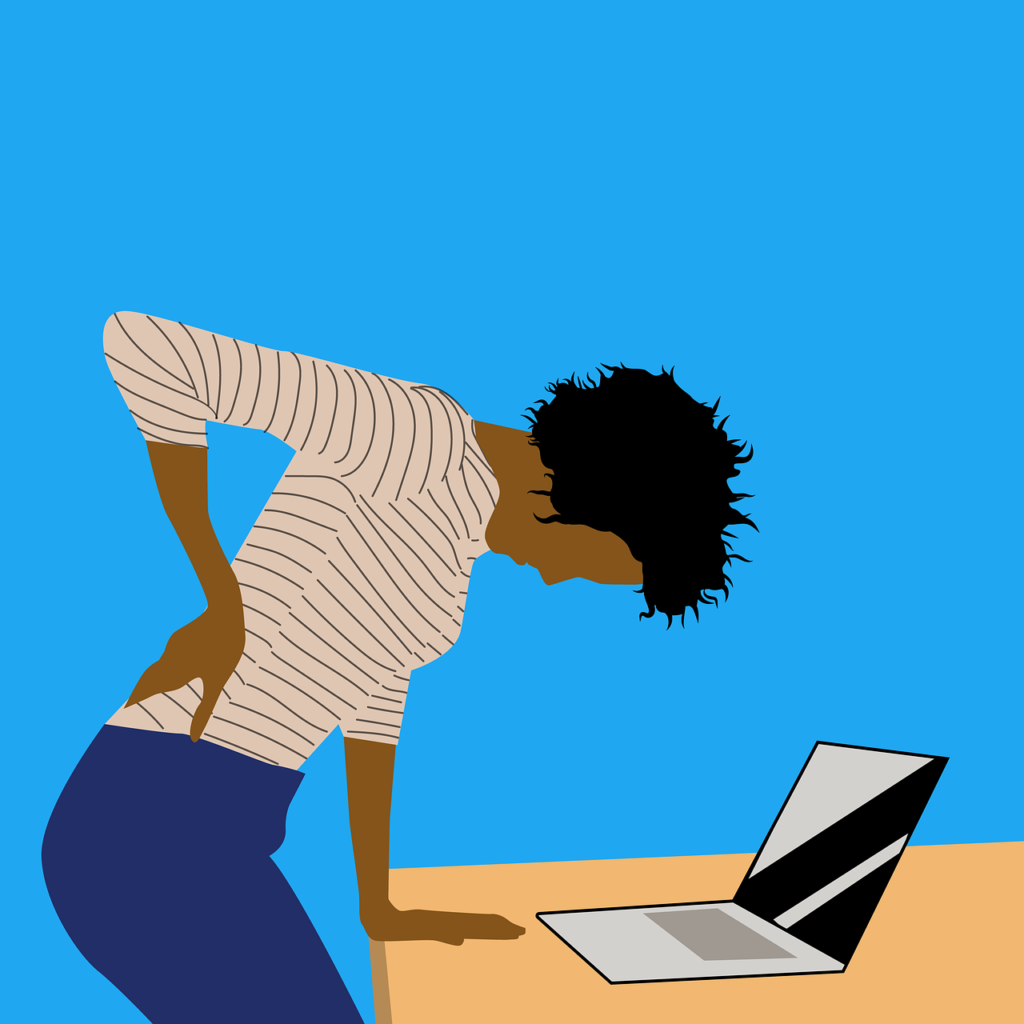Introduction:
Mechanical low back pain (MLBP) is one of the most common musculoskeletal disorders affecting individuals. It encompasses a broad spectrum of conditions that cause discomfort or pain in the lower back, often stemming from issues with muscles, ligaments, joints, or intervertebral discs. We aim to provide comprehensive information on MLBP, including its causes, symptoms, diagnosis, and effective rehabilitation strategies to help individuals regain function and alleviate pain.
Causes of Mechanical Low Back Pain:
- Muscle Strain: Overstretching or tearing of muscles in the lower back due to sudden movements or improper lifting techniques.
- Ligament Sprain: Damage to the ligaments supporting the spine, often resulting from excessive stretching or twisting.
- Intervertebral Disc Degeneration: Wear and tear of the discs between vertebrae, leading to disc bulge, herniation, or degenerative disc disease.
- Facet Joint Dysfunction: Irritation or inflammation of the small joints in the spine, causing localized pain and stiffness.
- Improper posture adaptation: adapting to abnormal postures due to muscle imbalance.
Symptoms of Mechanical Low Back Pain:
- Dull, achy pain in the lower back region, often exacerbated by movement or prolonged sitting/standing.
- Muscle stiffness and reduced range of motion.
- Pain may radiate into the buttocks or thighs but typically does not extend below the knee.
- Occasionally, individuals may experience episodes of sharp, stabbing pain with certain movements.
Diagnosis and Assessment
v Clinical Evaluation:
- Patient history: Assessing the onset, duration, and aggravating pain factors.
- Physical examination: Evaluation of posture, range of motion, muscle strength, and neurological function.
v Diagnostic Tests:
- X-rays: To assess bone health and detect any abnormalities such as fractures or degenerative changes.
- MRI or CT scans: Provide detailed images of soft tissues, including discs and nerves, to identify herniations or other structural issues.
- Electromyography (EMG) or nerve conduction studies: Help evaluate nerve function and detect any abnormalities contributing to symptoms.
Rehabilitation Strategies
v Conservative Treatments:
- Pain Management: Nonsteroidal anti-inflammatory drugs (NSAIDs), muscle relaxants, and analgesics to alleviate pain and inflammation.
- Physical Therapy: Targeted exercises to strengthen core muscles, improve flexibility, and correct posture.
- Manual Therapy: Techniques such as spinal manipulation or mobilization to alleviate pain and restore joint function.
- Heat and Cold Therapy: Application of heat packs or ice packs to reduce pain and muscle tension.
v Lifestyle Modifications:
- Ergonomic adjustments: Proper workstation setup and lifting techniques to prevent strain on the lower back.
- Weight management: Maintaining a healthy weight reduces stress on the spine and joints.
- Regular exercise: Incorporating low-impact activities such as swimming or walking to improve overall fitness and reduce the risk of recurrence.
If the problem is recurring, inhibiting your daily living activities and the conservational management has failed, your primary physician will suggest other procedures.
There are two types of procedures –
Interventional Procedures:
- Epidural Steroid Injections: Delivery of anti-inflammatory medication directly into the epidural space to alleviate pain and reduce inflammation.
- Facet Joint Injections: Administration of medication into the facet joints to relieve pain and improve mobility.
- Radiofrequency Ablation: A minimally invasive procedure that uses heat to disrupt nerve signals, providing long-lasting pain relief.
Surgical Options:
- Discectomy: Removal of herniated disc material to relieve pressure on the spinal nerves.
- Spinal Fusion: Joining two or more vertebrae together to stabilize the spine and alleviate pain caused by instability.
- Artificial Disc Replacement: Surgical implantation of an artificial disc to restore mobility and function in degenerated discs.
Mechanical low back pain can significantly impact an individual’s quality of life, but with the right approach to rehabilitation, many can experience relief and regain function.
At Argala by understanding your symptoms, your physiotherapist will help you design an effective treatment program that addresses specific needs and goals so individuals can take proactive steps toward managing their condition effectively, ultimately leading to improved outcomes and long-term wellness.

